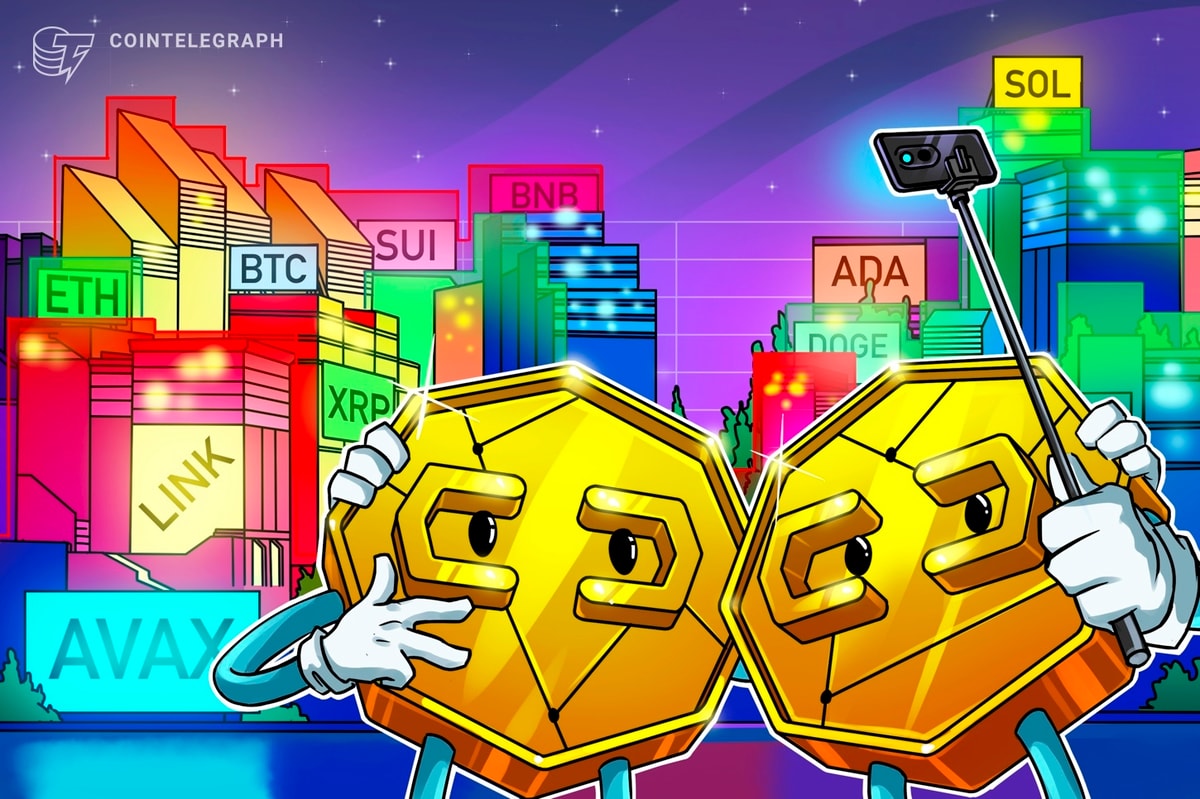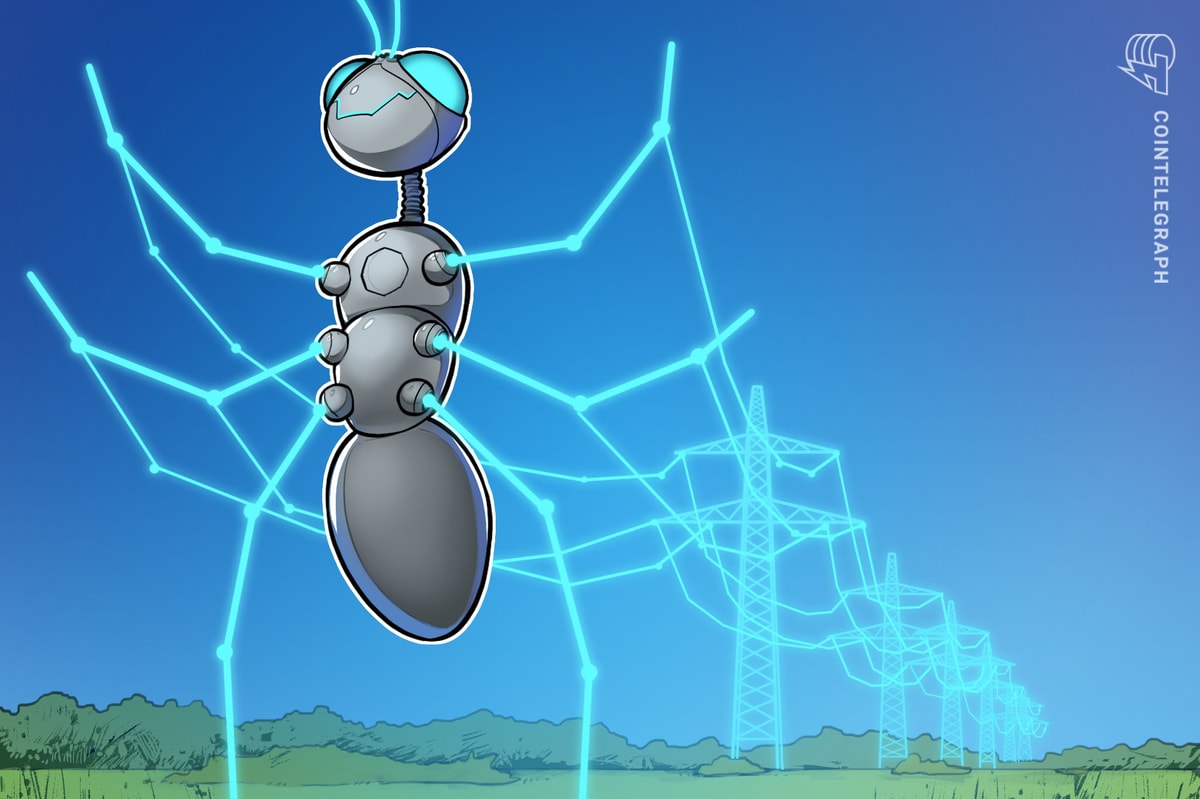The decentralized perpetual exchange dYdX sparked fierce reactions from across the DeFi space when the team announced it was abandoning Ethereum to create dYdX Chain, a standalone blockchain based on Cosmos SDK and Tendermint. As one of Ethereum’s most popular DEXs, some believe the breakup could signal the beginning of a massive migration of dApps away from Ethereum, with some key influencers speculating that other major DEXs like UniSwap could follow suit.
Could dYdX’s move be the canary in the coal mine for Ethereum as the “computer of the world?” It’s no secret that the Ethereum mainnet suffers from an inability to scale properly. Despite its pitfalls, Ethereum has a dominant grasp on DeFi right now.
Of course, DeFi isn’t the only game in town. Due to Ethereum’s congestion issues, Web3 developers are having to host their dApps on chains that offer better scalability, higher throughput and lower fees. Blockchain interoperability is critical for a seamless Web3 experience for a multichain ecosystem to succeed.
The state of interoperability
Blockchain technology has the potential to cause major upheaval in almost every industry. However, there are still significant challenges to overcome before it can be deployed on a mass scale.
One of the biggest obstacles standing in the way of wider adoption is interoperability — the ability of different blockchain platforms to work together. Developers must therefore decide which platform to use and whether it is compatible with other platforms. Blockchain interoperability is not just a luxury, but an essential prerequisite for widespread adoption and the emergence of an intuitive, scalable and integrated Web3.
Although constant innovation makes it difficult to pigeonhole novel blockchain interoperability tech, recent research suggests that the field consists of three main approaches: Public Connectors, Blockchain of Blockchains and Hybrid Connectors.
Public Connectors include sidechains (independent blockchains connected to the mainchain via a two-way bridge such as Polygon), notary systems (such as centralized and decentralized exchanges) and hash-time locked contracts (such as Bitcoin’s Lightning Network). Public Connectors, while valuable, are limited in their ability to connect to multiple networks.
Blockchain of Blockchains include Layer-0 protocols such as Cosmos and Polkadot. Cosmos, for example, connects Cosmos Zones (independent blockchains) to the Cosmos Hub, creating an interoperable ecosystem of sovereign chains for hosting dApps, Layer-1 EVMs, marketplaces and infrastructure. Although highly scalable and decentralized, Cosmos and Polkadot need external infrastructure to communicate with other blockchains.
Finally, Hybrid Connectors are emerging solutions that focus primarily on interoperability between public and private blockchains, such as Hyperledger Cactus and Overledger. Unfortunately, these solutions are hampered by issues such as lack of backward compatibility and support for hard forks.
Ethereum’s own “Internet of Blockchains”? At a conference in June, Vitalik Buterin said Ethereum’s long-awaited switch to proof-of-stake (PoS) consensus could happen as early as August 2022. If successful, the merge would happen faster than many expected and could significantly shift the narrative around scalability and multichain interoperability.
Since Ethereum’s inception, developers have viewed Layer-2 solutions as essential for network scalability. From Polygon to Arbitrum, zkSync and Starknet, there is no shortage of Layer-2 options for developers and users, and seamless interoperability between these chains is an obvious need.
Polygon’s long-term vision is to become Ethereum’s own “internet of blockchains,” allowing Ethereum to build an interoperable ecosystem similar to Cosmos and Polkadot. Ultimately, Polygon hopes to become Ethereum’s Layer-2 aggregator, allowing developers to launch independent, interoperable blockchains that leverage Ethereum’s security while offering dramatically improved speeds and reduced fees.
In addition, Layer-2 chain Boba Network recently announced it became the first multichain execution layer in the crypto space. By partnering with Moonbeam, Polkadot’s leading Ethereum virtual machine (EVM), and Fantom, a DeFi-centric Layer-1 EVM, Boba Network has the potential to become a key player in expanding Ethereum’s interoperability with other Layer-1 networks.
The search for universal interoperability
As the saying goes, “bear markets are for building.” Regardless of market sentiment and trends over the next months, there’s little doubt that we’ll see significant innovation in blockchain interoperability.
The biggest challenge isn’t interoperability within isolated blockchain ecosystems, but between them. To truly remove barriers, the crypto space needs an architecture that coherently and seamlessly connects each chain to eliminate the fragmented liquidity and user base. Two projects, UniLayer Network and LayerZero, aim to achieve this.
UniLayer Network, a Layer-1 blockchain based on delegated proof-of-stake consensus, allows all connected blockchains to communicate with each other by natively integrating its nodes into connected chains. UniLayer Network’s nodes store the entire block history of connected chains, allowing its proprietary Cross-Chain Transport Control Protocol (CTCP) to act as a universal transport bus for exchanging data between networks. This allows heterogeneous blockchains to freely exchange data, assets and digital property.
With plans to integrate nine of the most popular blockchains over the next two years — including Bitcoin, Ethereum, Avalanche, Solana and Polkadot — UniLayer Network aims to enable developers to easily create ad hoc bridges for multichain liquidity and deploy cross-chain dApps from a single smart contract.
LayerZero, on the other hand, uses on-chain light nodes and decentralized oracles to transmit messages across networks. This ensures a high level of security and low cost, as nodes don’t need to store the block history of a chain. LayerZero uses Oracle-Relayer infrastructure to send messages from the originating chain to the destination chain. Stargate, LayerZero’s liquidity transfer protocol, enables native assets to be sent across independent blockchains such as Ethereum, Arbitrum, Avalanche and Polygon.
These emerging protocols are bringing the blockchain space closer to a universally interoperable multichain ecosystem. Breaking liquidity barriers between isolated networks is a big step in the right direction for the blockchain space. It lays the groundwork for a Web3 that can achieve the scalability and security of Web 2, but provide the world with a permissionless, immutable and decentralized Internet.
Former CMO at number of L1 blockchain projects. He is currently a Columbia University Lab to Market Blockchain Accelerator Advisor.
This article was published through Cointelegraph Innovation Circle, a vetted organization of senior executives and experts in the blockchain technology industry who are building the future through the power of connections, collaboration and thought leadership. Opinions expressed do not necessarily reflect those of Cointelegraph.
Learn more about Cointelegraph Innovation Circle and see if you qualify to join











